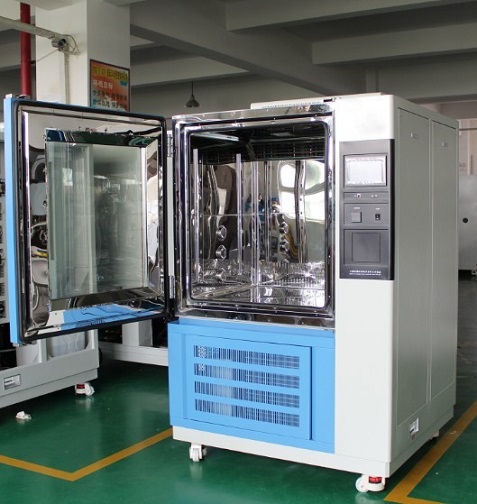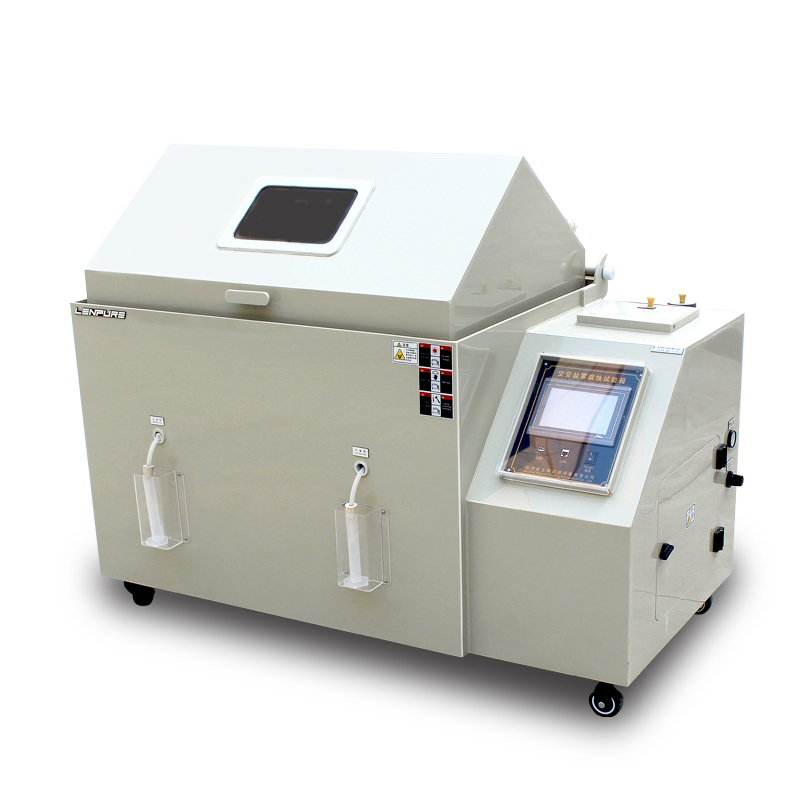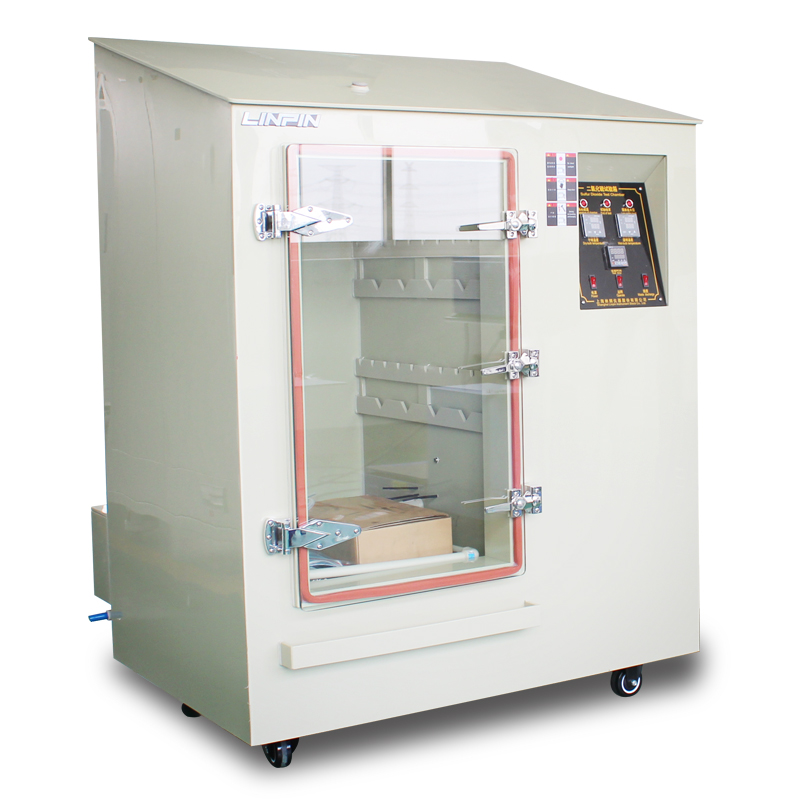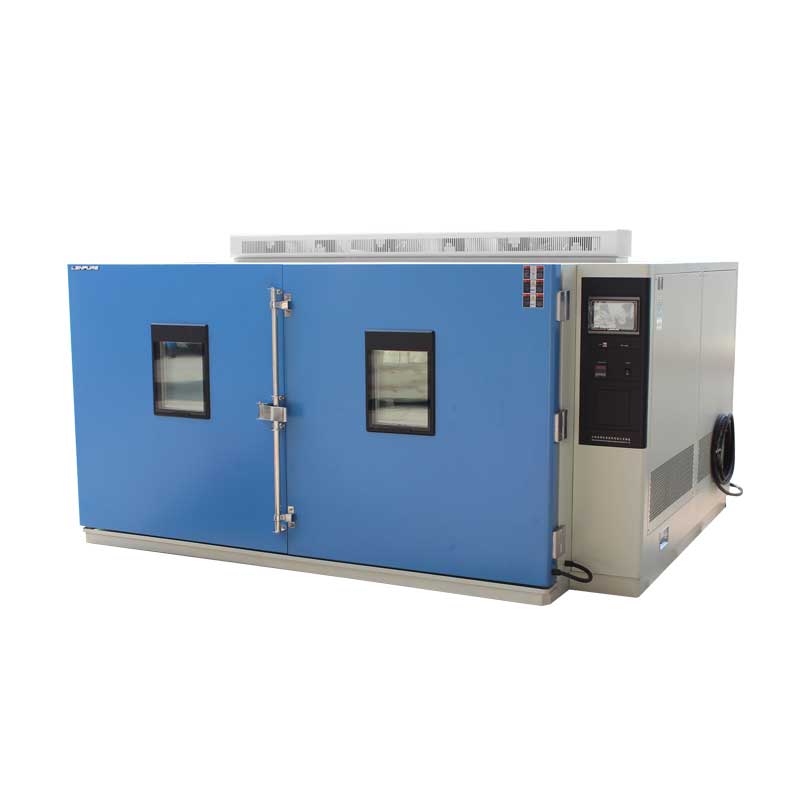Is Longer Testing Time in High and Low Temperature Chambers Better? Engineers Say This Misconception Is the Most Fatal!
Author:LINPIN Update Time:2025-05-22 Source:LINPINIn High and Low Temperature Chambers testing, many people often assume that longer testing times yield more reliable results. While this may seem reasonable at first glance, it actually hides a fatal misconception. Senior engineers warn that excessively prolonging testing time may distort results and even negatively impact product quality assessments. Below, we explore this misconception to help you better understand the true purpose of high and low temperature testing.
-
The Gap Between Theory and Reality
Many companies adhere to the belief that "time equals reliability" when conducting high and low temperature tests, assuming that extended testing better simulates real-world conditions. However, in practice, prolonged testing does not necessarily reflect the true performance of materials. Fatigue and aging characteristics of materials vary over different time periods, and simply extending testing time may lead to skewed conclusions. -
The Importance of Testing Conditions
The key to high and low temperature testing lies in maintaining stable and consistent environmental conditions. Excessive testing time may instead cause fluctuations in internal conditions, such as temperature uniformity instability, thereby compromising result credibility. Keeping testing conditions stable with an appropriate duration ensures more valid outcomes.

-
Focusing on Critical Phases
The purpose of high and low temperature testing is primarily to observe how materials or products perform under specific temperature conditions. Effective testing should focus on performance changes during the initial, middle, and final stages of temperature exposure—not merely extending testing time. A well-structured schedule allows for more precise identification of material weaknesses and defects, providing actionable insights for design improvements. -
Economic Costs and Resource Waste
Prolonged testing not only increases costs but also reduces equipment utilization and wastes valuable testing resources—hidden losses that many companies cannot afford. Optimizing testing time improves efficiency and lowers overall operational expenses. -
Effective Interpretation of Test Data
Longer testing durations may complicate data analysis. For example, extended temperature exposure can induce temporary changes in certain material properties that would not appear in shorter tests. Thus, pursuing longer testing times is not always optimal and may make data interpretation more challenging.
High and low temperature testing is not just about duration—it’s about well-planned conditions and meaningful data analysis. Engineers must understand the core objectives and practical applications of testing to develop scientifically sound plans. Instead of blindly extending testing time, they should set appropriate durations based on product characteristics, testing needs, and environmental conditions to ensure accurate and reliable results.
To strengthen product quality, choosing the right high and low temperature testing equipment and adopting a scientific testing approach are the keys to enhancing competitiveness. When it comes to high and low temperature testing, remember: time is not the only standard—precision and scientific rigor are the ultimate goals!





